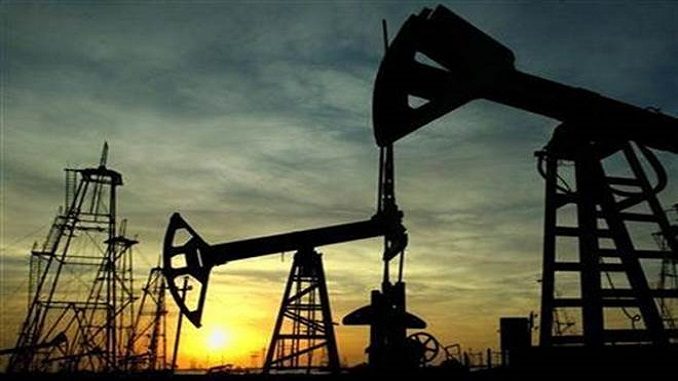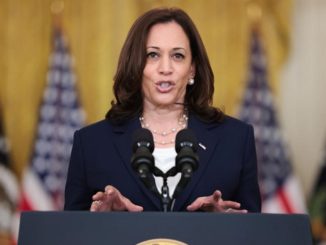
Oil prices rose more than 20% this year but there were no sharp spikes and crude futures barely sniffed $70 a barrel despite attacks on the world’s biggest oil producer, sanctions that crippled crude exports of two OPEC members and gigantic supply cuts from big oil-producing countries, Reuters writes.
The price gains in crude oil benchmarks were all in the first quarter of 2019, even as the next several months featured supply shocks that in the past would probably have propelled crude past the $100 mark.
Prices are likely to remain rangebound in 2020 as swelling supplies, particularly from the United States, offset cuts from the Organization of the Petroleum Exporting Countries and weakening worldwide demand, brokers and analysts said.
U.S. crude oil CLc1 is on track to end 2019 roughly 35% higher. Since the end of March, it is up just 3%, after rallying early in the year after the United States introduced sanctions on Venezuela. Brent has gained 26%, but is off by 1% since the first quarter.
Investors and analysts say U.S. production and weak demand kept prices under control. The United States is on track to be a net petroleum exporter on an annual basis for the first time in 2020. Output is expected to average 13.2 million bpd, an increase of nearly a million bpd from 2019.
“Demand growth cratered while U.S. production continued to barrel along at high rates and geopolitical risk eased,” said Bob McNally, president of Rapidan Energy Group. “And now, at the end of the year, weary investors are looking to next year and seeing a tsunami of oil.”
Investor concern over peak oil demand is expected to weigh on prices next year, particularly as the urgency around action against climate change has increased. Also, a long-term resolution of the U.S.-China trade war seems elusive, keeping market watchers wary of predicting energy demand growth in the world’s two largest economies.
“There is growing concern around the long-term sustainability of U.S. oil and gas companies for investors in an ESG (environmental, social and governance) driven world,” said Greg Sharenow, portfolio manager at PIMCO, who co-manages more than $15 billion in commodity assets.
The U.S. Energy Information Administration expects average crude oil prices will be lower in 2020 than in 2019 because of rising inventories. Outside the United States, production is expected to continue to grow in Brazil, Norway, and Guyana.




Be the first to comment